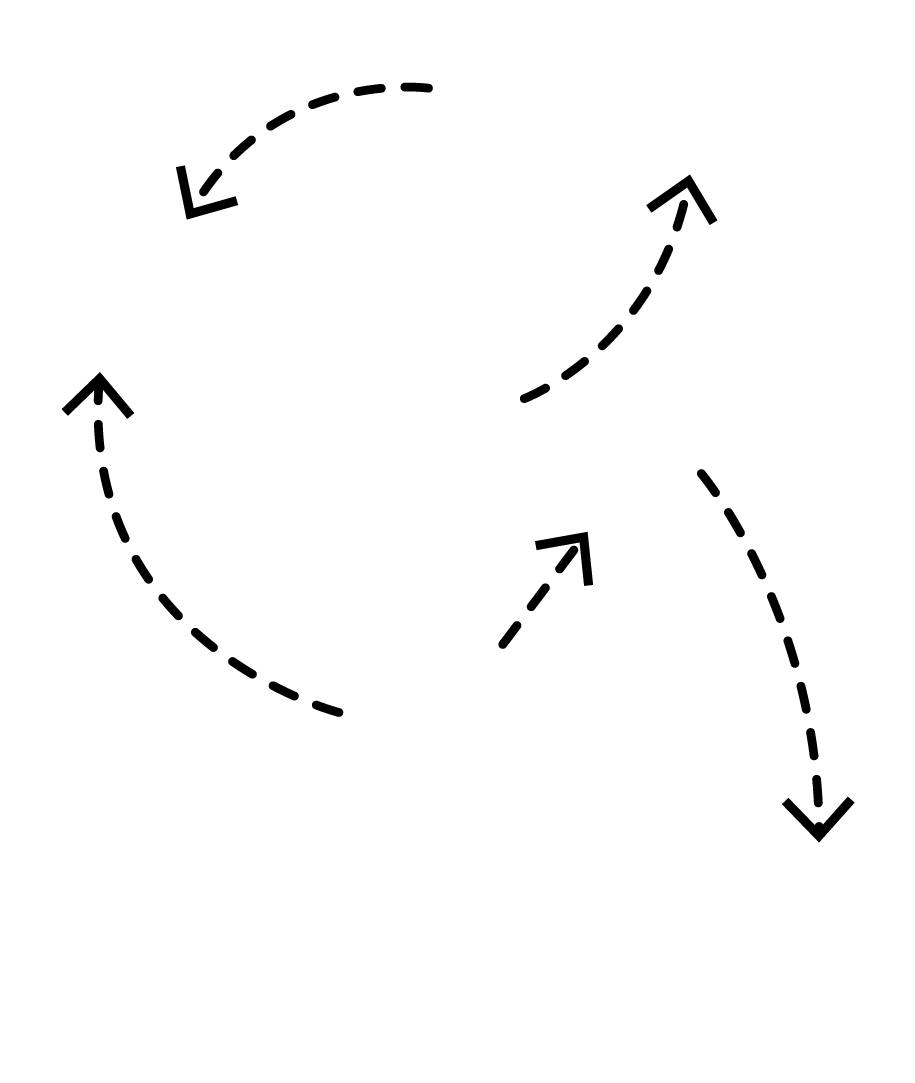Texts are based on the article “Procedural Fairy tales about Teaching Productive Urban Design in Germany” published in City Observer June 2016.
https://issuu.com/urbandesigncollective/docs/city_observer_volume_2_issue_1/1“
Texts are based on the article “Procedural Fairy tales about Teaching Productive Urban Design in Germany” published in City Observer June 2016.
https://issuu.com/urbandesigncollective/docs/city_observer_volume_2_issue_1/1“
As an example for the range of the final outcome of the studio please follow the link to the studio results. These design projects are developed during the last 7 weeks of the studio, further elaborating the urban frameworks both in terms of project and process design.
Ideally the projects cover all the diverse aspects introduced in the previous assignments of the studio, a sensibility for the sometimes clashing interests of different actors, a will to compromise, the necessity of contextual sensibility, a sense for different scales, a coherent and convincing storyline and a notion of beauty.
The role playing game is one of the cornerstones of the studio. We define different actor-groups involved in a fictionalized conflict based on real negotiations and tensions surrounding the development of our respective design site. There always is a multitude of initiatives, financial institutions, the municipality, political parties, of course the site owner, if slightly changed, neighborhood activists and the media. The enactment is played out over two and a half days, alternating working and negotiation sessions, media coverage of the recent events and diverse formats like committee meetings and referendums. Participants gain an understanding of how decision processes unfold in society and how these kinds of projects are negotiated. They test different strategies to achieve their roles goals and use varying forms of communication according to role.
By way of ex-post evaluation it has become clear that through the enactment most students understand the possibilities and limitations of their role-models and that they become aware of what sort of spaces and programs different stakeholders demand in the city and why they are associated with specific locations and urban products. They gain a better understanding about the importance of alliances and compromise; in fact, the dynamics of the game make the students more willing to compromise and also open their minds for more experimental contextualization of design tasks.
In response to the growing affordable housing shortage in Berlin and emerging forms of alternative housing provision, one focus of the studio is on different forms of (Co-) Housing. Independent from the site of the studio we kick-off with a fieldtrip to a similar area which shows similar issues or characteristics. This allows us to meet some of the locally rooted parties and different actors in their natural habitats. Here students are greeted with dirty reality and the diversity of positions impacting on the realm of Urban Design.
Other voices are invited into the studio, either to give an input lecture on a specific related topic or as guest critic or member of the jury at presentations.
During a short initial assignment students have to analyze and characterize a prototypical element relevant to the studio topic or site. The research considers technical, spatial and socio-economic aspects, e.g. an existing housing site within a Berlin district, the underlying procedures and planning documents, and a prototypical housing project showing both physical design, actors and process, or a technical device to us water as an urban (design) resource and its implementation in an urban block. Thereby the students have to change between different scales and topics and understand how these are connected and interrelated. The groups practice constructing narrative by choosing their own focus and connecting the different elements of the analysis in a storyline.

